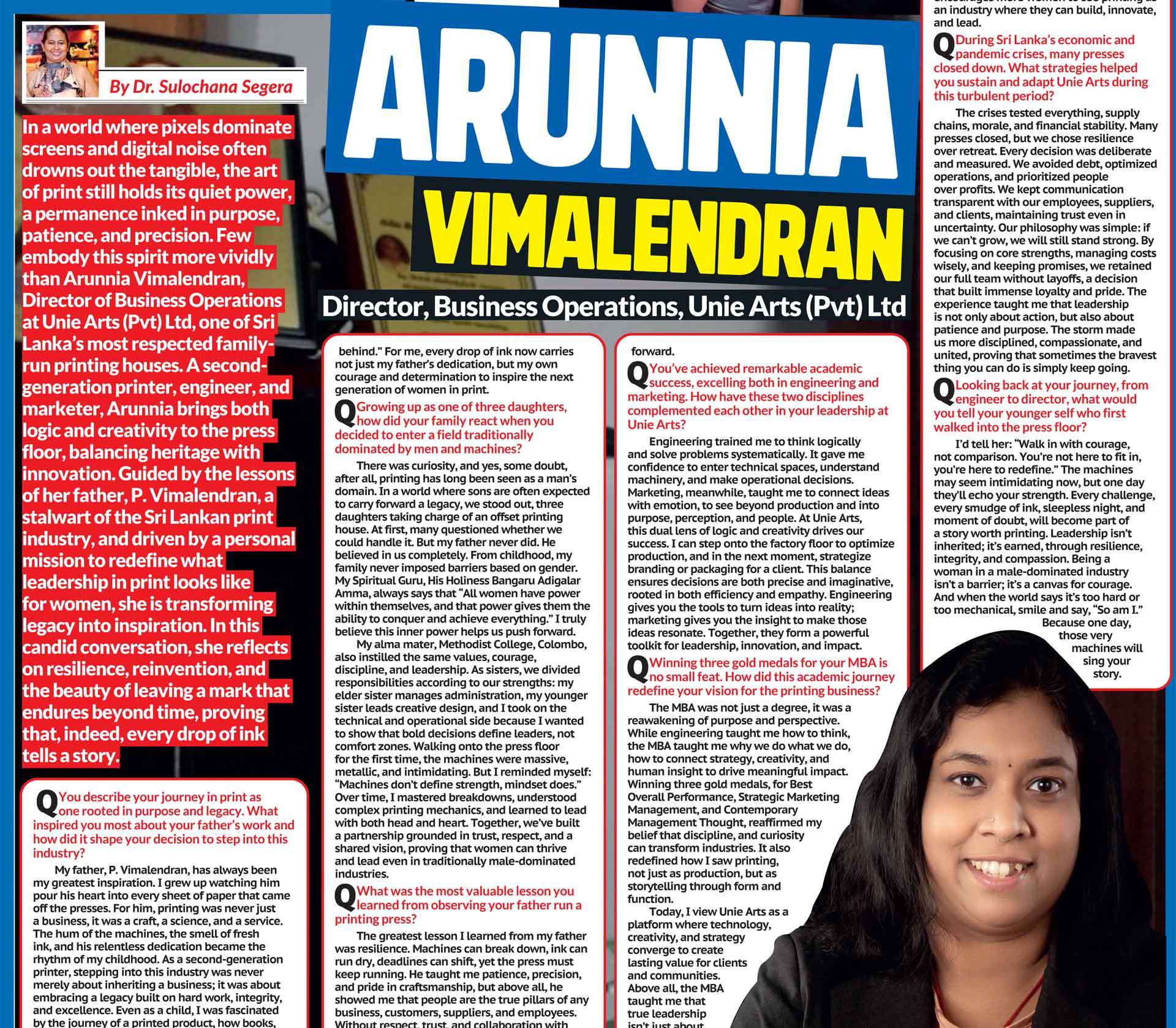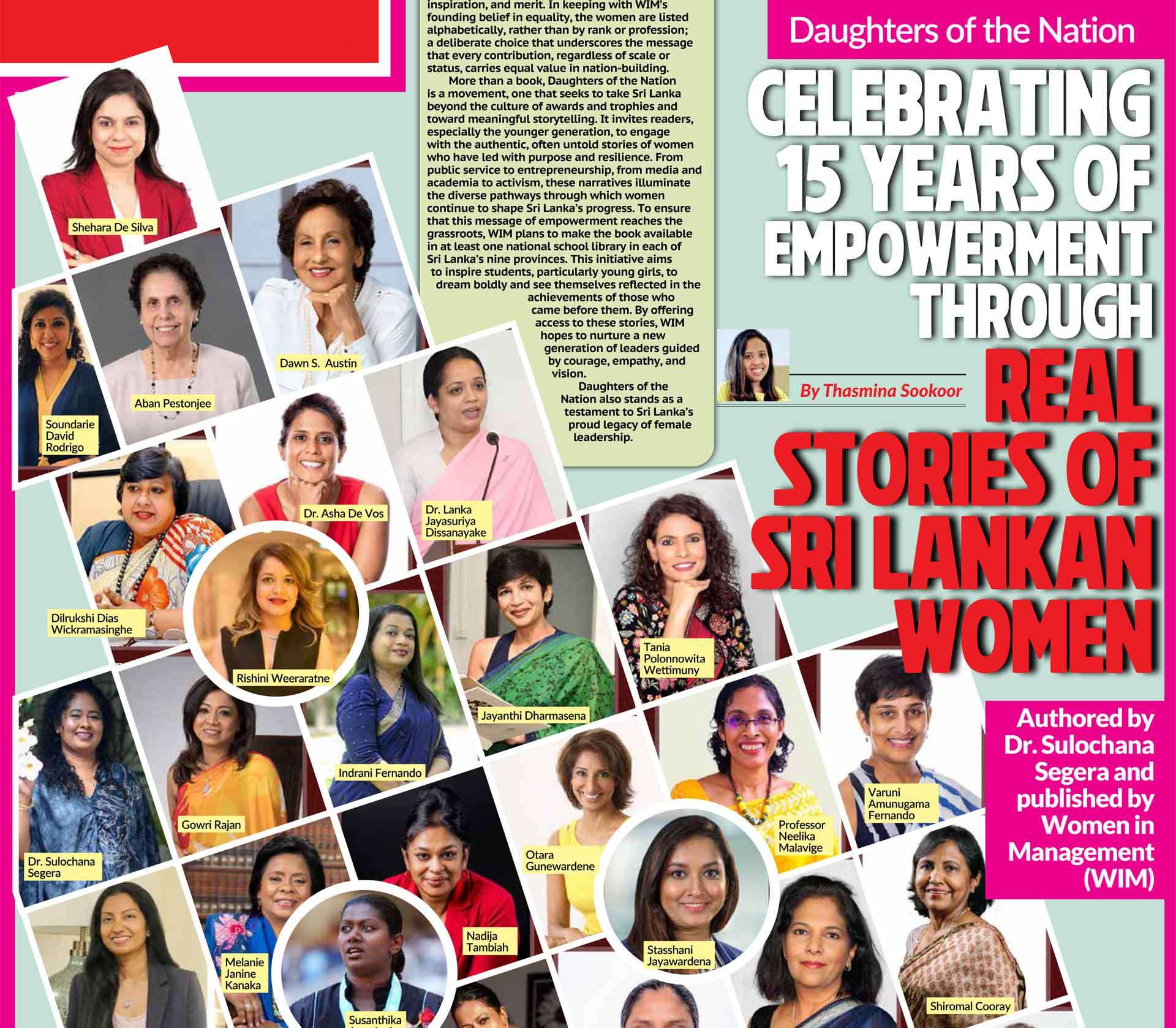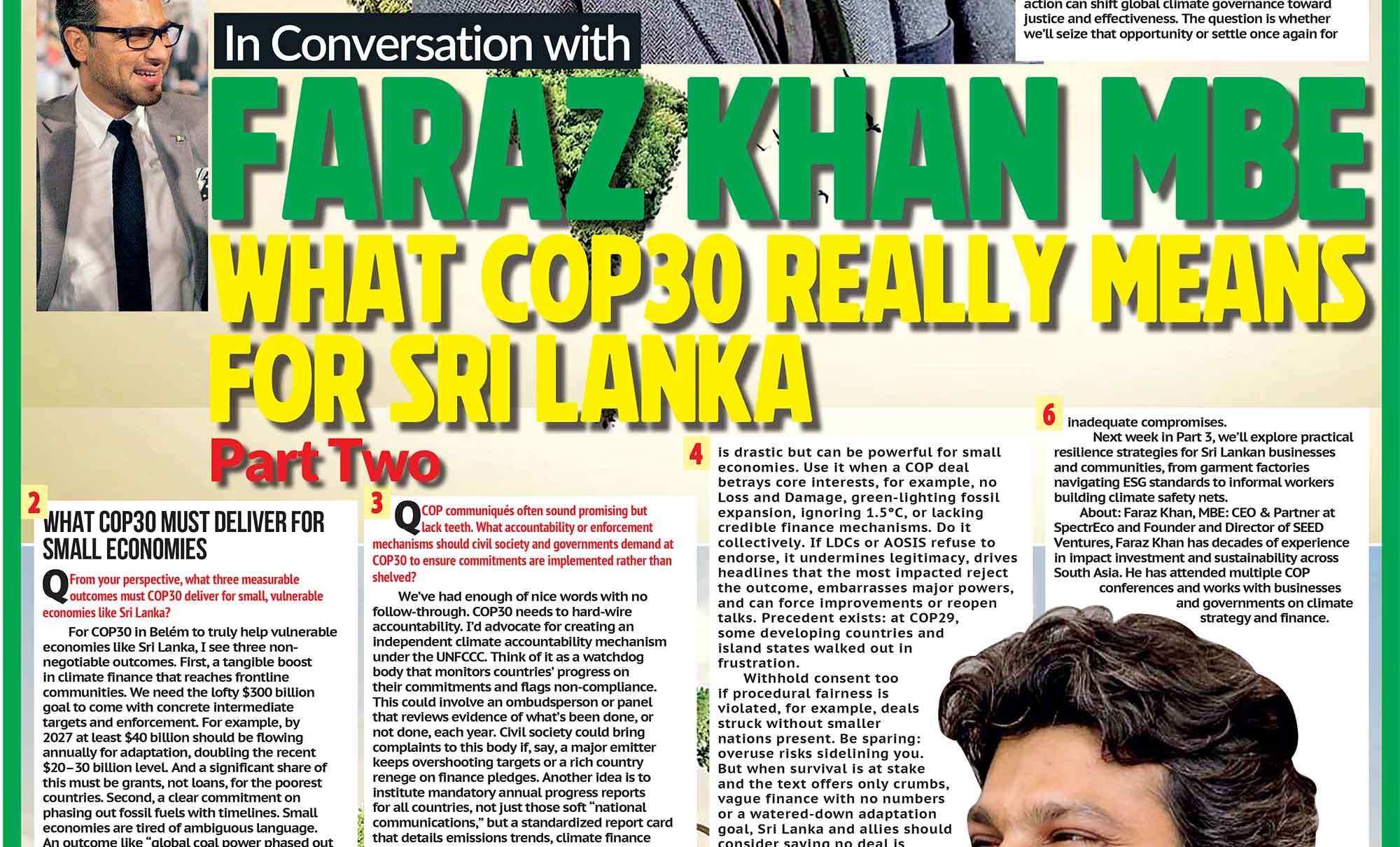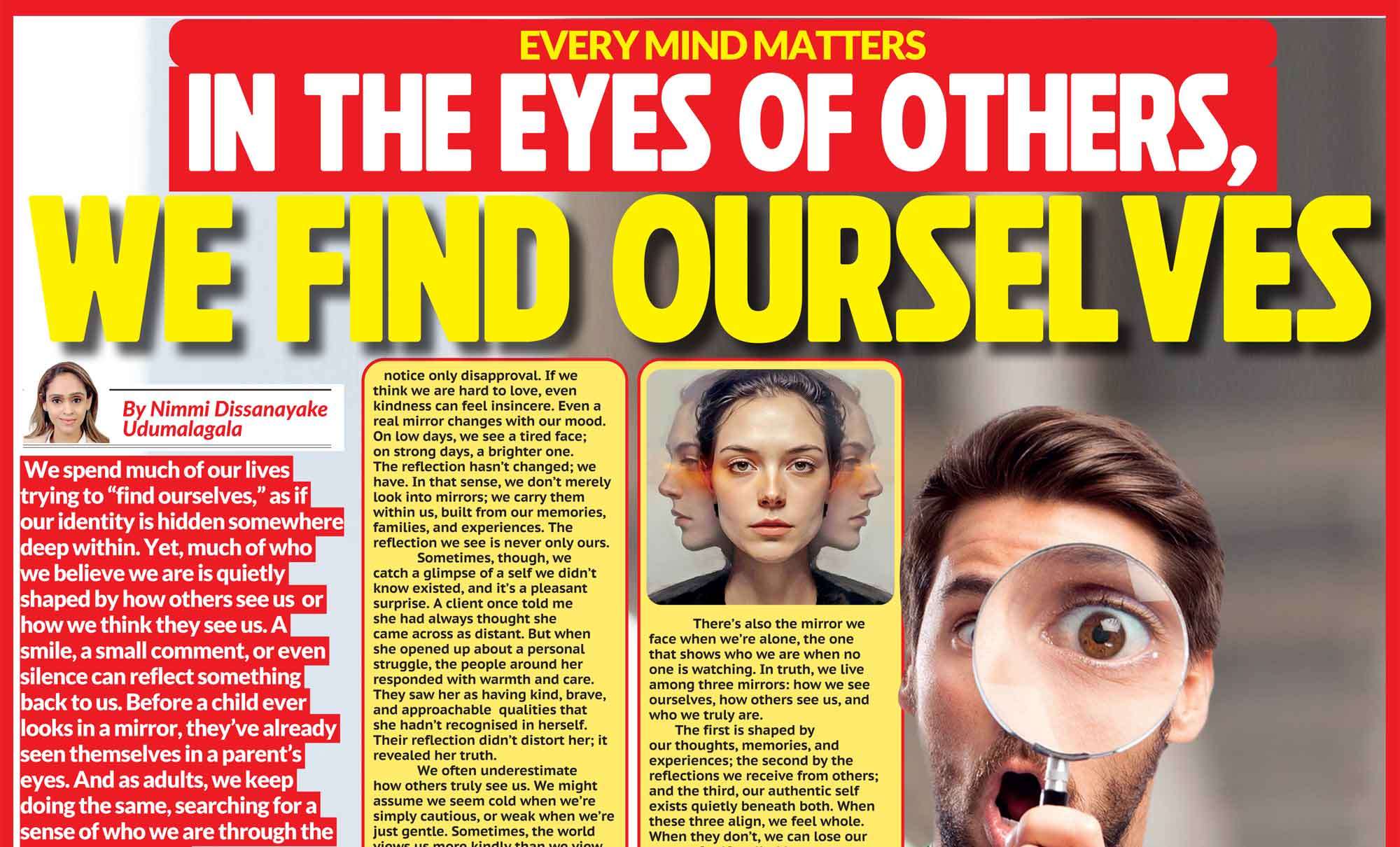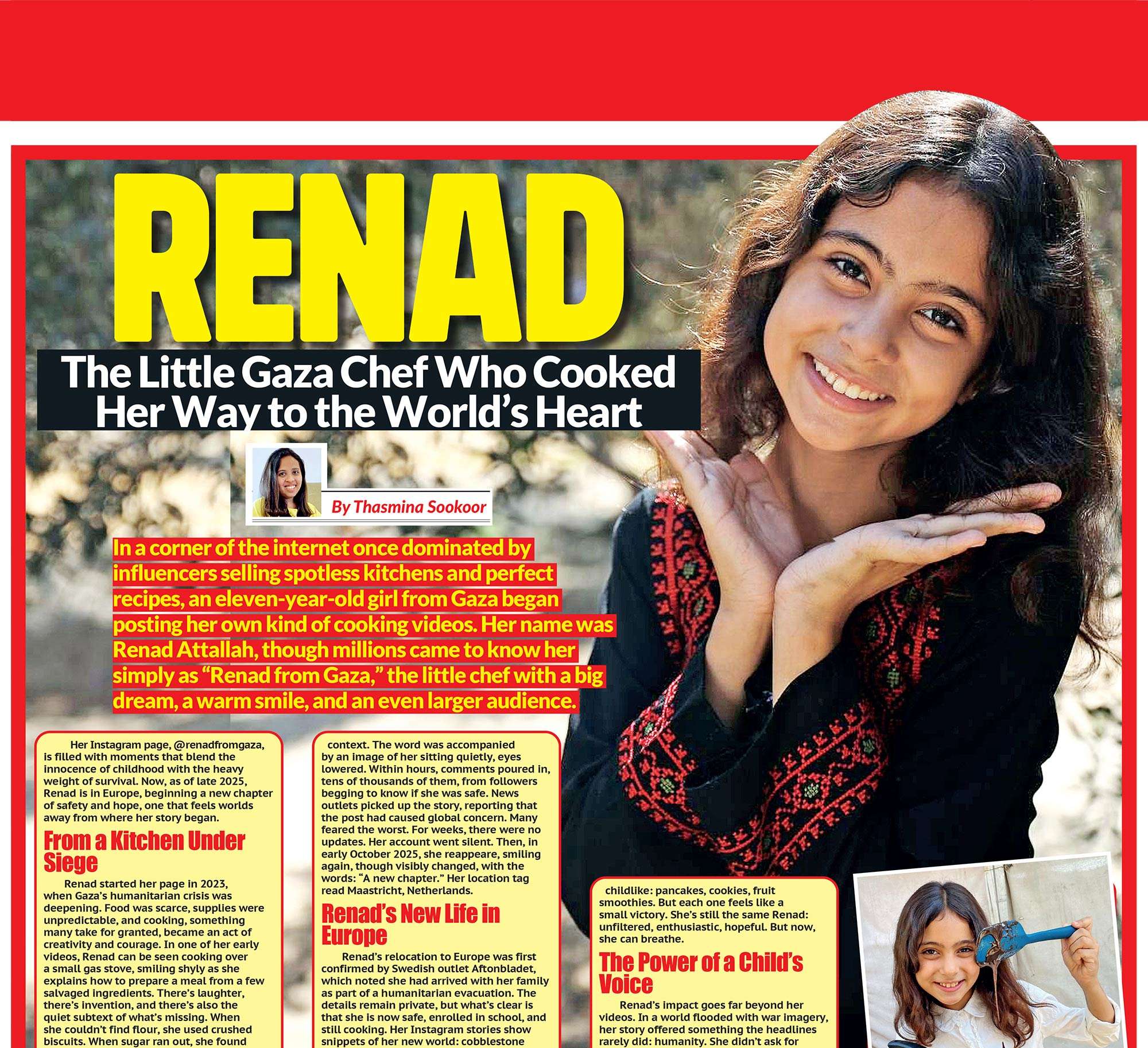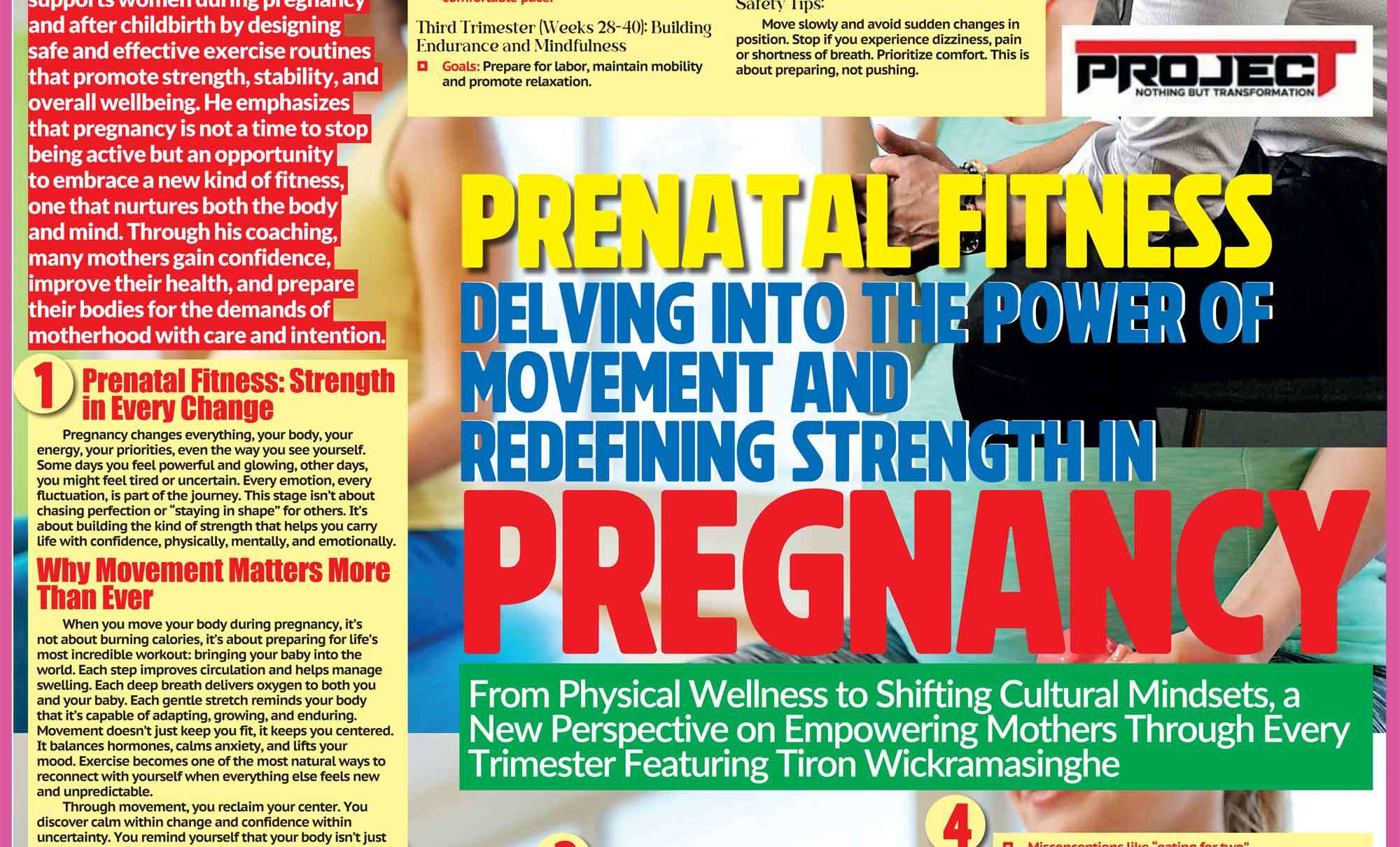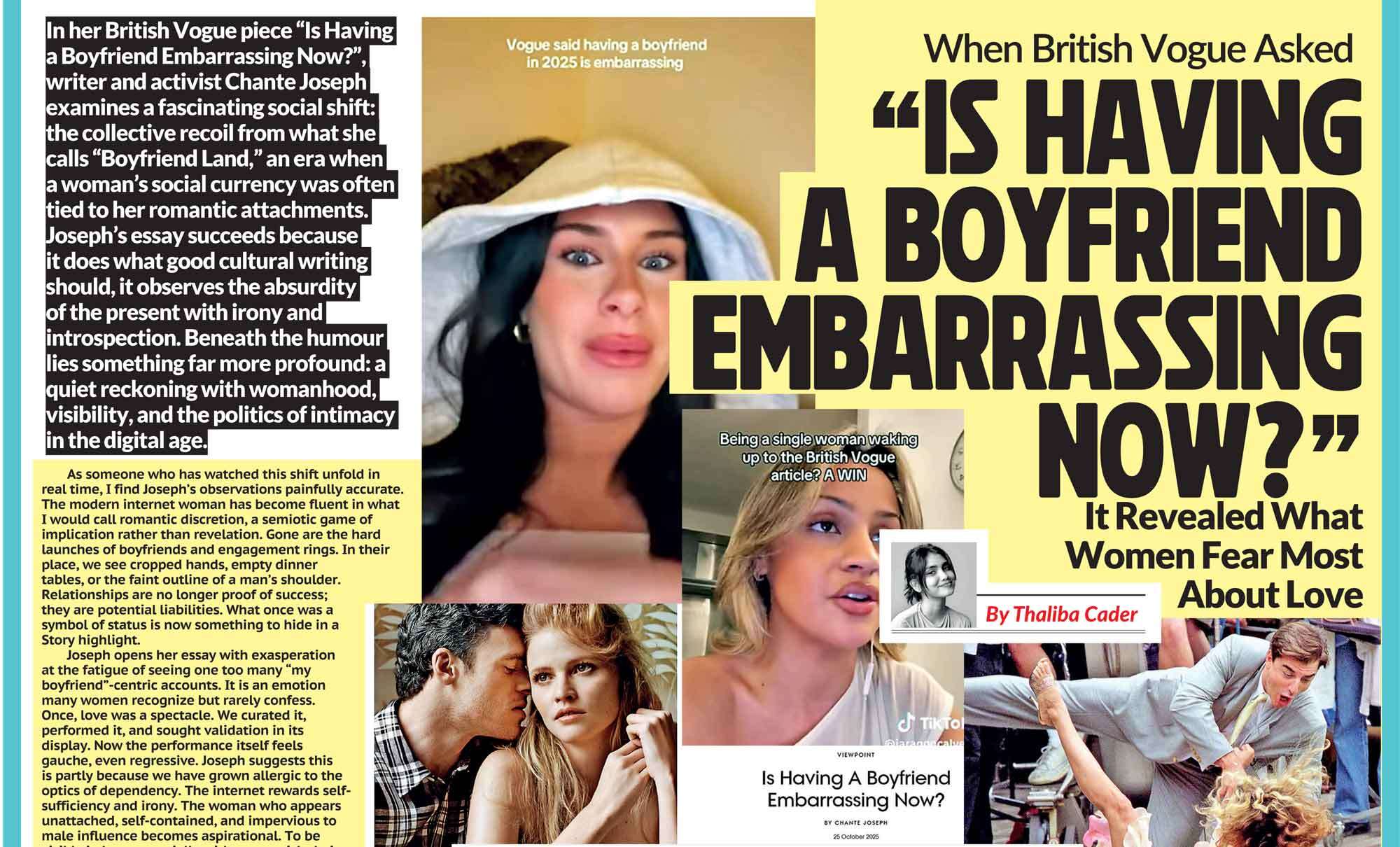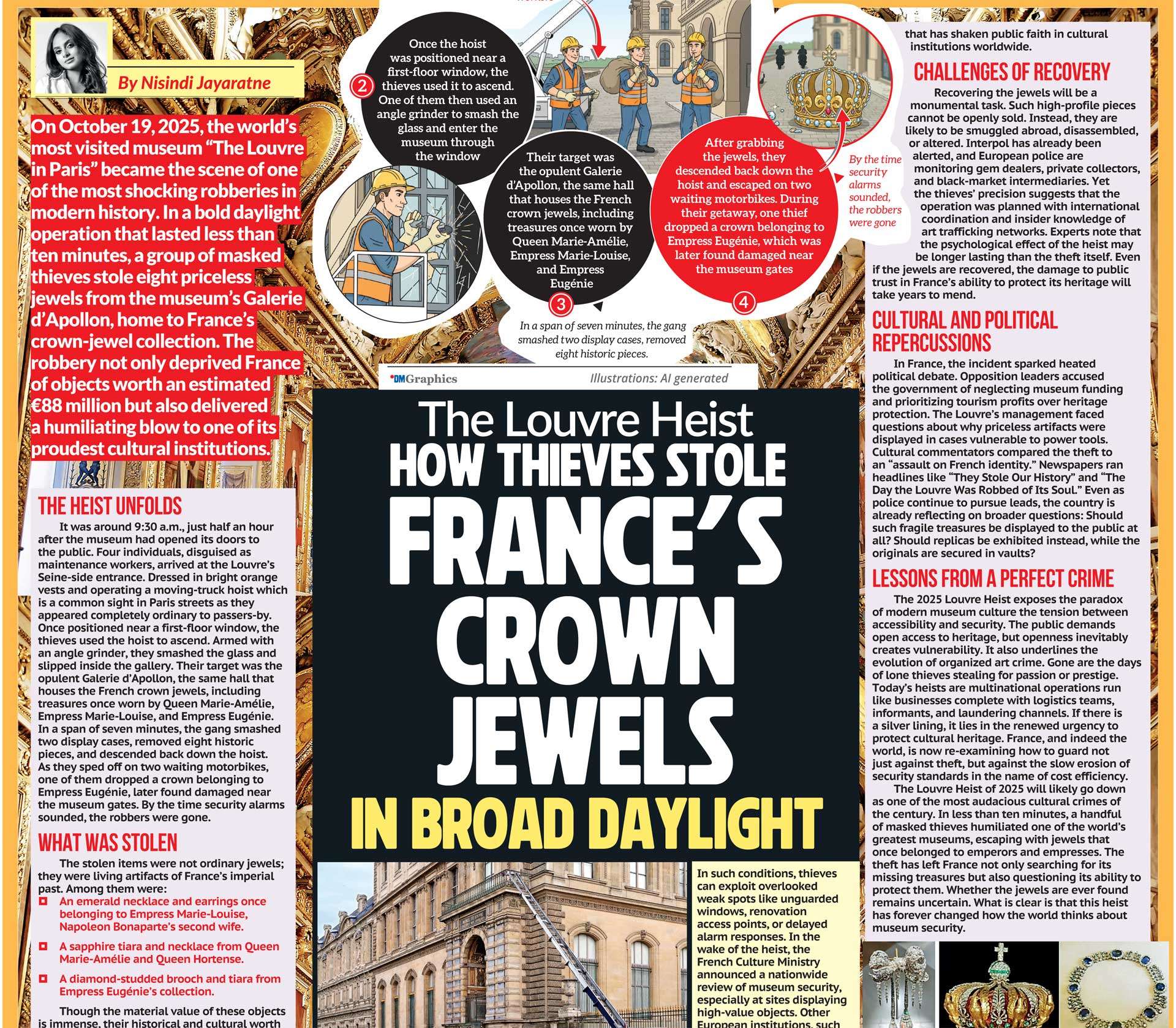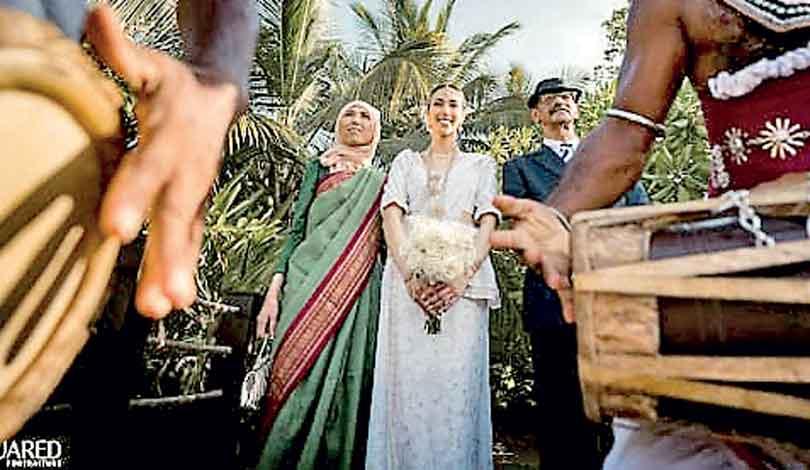
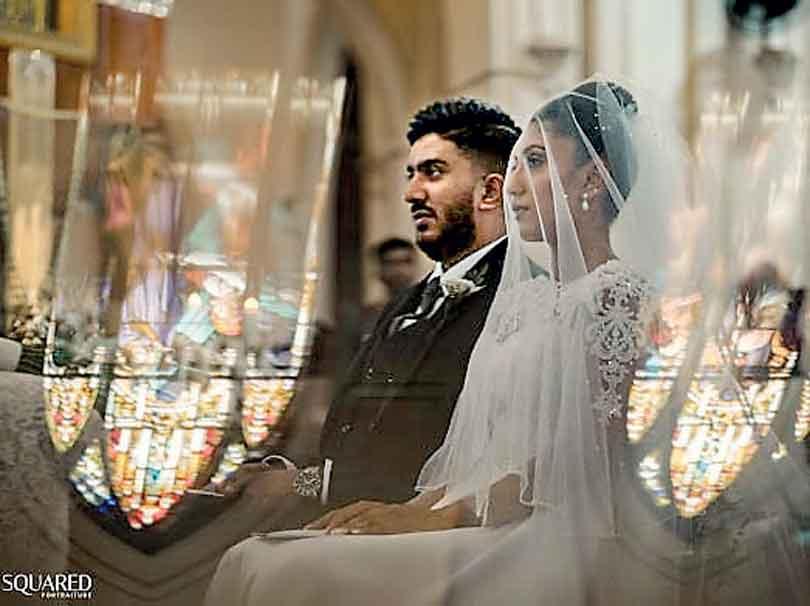
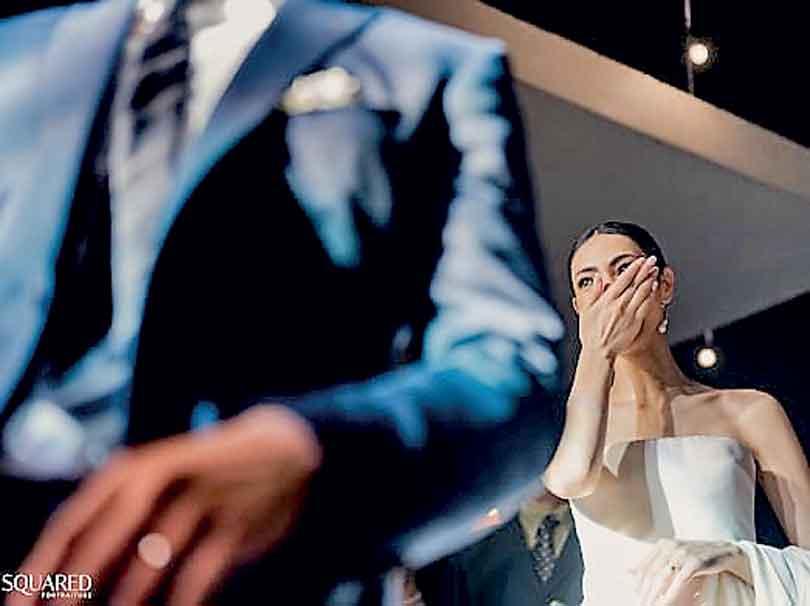
Photography has been part of my life since my school days, when it was purely a hobby, capturing wildlife during camping trips and studying photography at a local institute
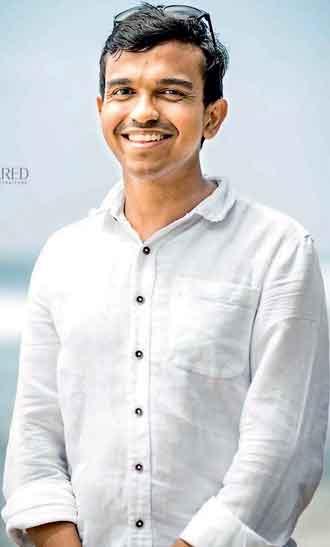 Diniru Abeysuriya is an architecture photographer based in Colombo, Sri Lanka. With a background in mechanical engineering and a strong passion for automobiles, he has combined his technical knowledge with his love for visual art. Coming from a family of architects and engineers, Diniru was introduced to design and creativity at a young age. During school, he explored wildlife photography with friends and took a photography course at a local institute.
Diniru Abeysuriya is an architecture photographer based in Colombo, Sri Lanka. With a background in mechanical engineering and a strong passion for automobiles, he has combined his technical knowledge with his love for visual art. Coming from a family of architects and engineers, Diniru was introduced to design and creativity at a young age. During school, he explored wildlife photography with friends and took a photography course at a local institute.
While studying engineering, he helped his cousin with a wedding photography business, where he discovered his talent and passion for capturing people, nature, and architecture. After finishing his degree, Diniru focused on architectural photography. His first project was photographing his sister’s studio house, which led him to self-learn the craft through tutorials and practice. His photos from that project were featured at Architect ’19, a leading architecture exhibition in Sri Lanka, and won a merit award. Since then, Diniru has continued to improve his skills and build a career in architectural photography. I asked Diniru a few questions to learn more about him; let’s take a look at his answers.
Q When did you first realize photography could be more than just a passion, that it could shape your life’s work?
Photography has been part of my life since my school days, when it was purely a hobby, capturing wildlife during camping trips and studying photography at a local institute. It was during my third year of engineering studies that I co-founded a wedding photography business with my cousin brother, who also shared a love for art and storytelling. Building something from the ground up, working closely with couples, and creatively documenting their most important day made me realize how naturally photography fits into my life. After a few events, I saw that it wasn’t just about taking pictures; it was about connecting with people and telling stories in a way that felt deeply personal. I had an interest in capturing architecture as well, so later, after completing my degree, photographing my sister’s studio house for my first architectural assignment, and seeing that work awarded at a national exhibition, confirmed for me that photography wasn’t just a passion. It had become the path where my technical background and creative instincts could come together meaningfully. That realization turned photography into my life’s work.
Q How do you balance technical precision with emotional storytelling in your images?
For me, technical precision and emotional storytelling are not separate, they are two sides of the same image. My early experiences in photography, starting from my school photographic club and formal training at a local institute, gave me a strong foundation in understanding light, composition, and visual structure. Later, through self-learning, online courses, and real-world practice, especially in weddings and architecture, I developed a more intuitive, emotional approach to photography. My background in engineering also plays a role, helping me see the importance of precision, symmetry, and form. In architectural photography, this means capturing not just the structure, but the feeling of the space, the way light flows, the way materials interact. In weddings, it’s about noticing genuine emotions and fleeting moments, but still composing them with intention and care.
Balancing both comes naturally because of how I trained myself: by combining formal study, continuous self-learning, and a lot of hands-on experience. I believe that when technique becomes second nature, it frees you to focus fully on the story, creating images that are both technically sound and emotionally powerful.
Q How do you decide when a photo series or project is truly complete?
Deciding when a photo series or project is complete is a delicate balance of intuition and reflection. For me, it’s not just about ticking off technical requirements; it’s about whether the series or project conveys the essence of what I set out to capture, and also meeting my client’s requirements. Every client’s requirement is different, hence understanding their requirement and approaching each assignment in its own way is the key. In architectural photography, completion often comes when I feel that the images fully express the design intent of the space, capture the essence of the architecture that was designed by the architect, when the light, angles, and atmosphere align in a way that truly reflects the architect’s vision. It’s not just about a perfect shot; it’s about creating an emotional feeling to the space itself. For wedding photography, completion is a little more fluid. It’s when I look at the collection of moments and realize they tell the story of the day, the love, joy, and subtle emotions of the couple and their guests. Once the narrative feels cohesive, and each frame contributes to that story, I know I’ve captured everything needed. Post-production plays a major role, too. Capturing in the field is only half of the work. Photography is an art, hence getting those colors, exposure, lighting etc. to your own style is a must. These tweaks are done during the editing process. Ultimately, it’s a feeling, when I can step back from the work and know that every image is part of something larger, telling a complete and authentic story.
Q Can you describe a photograph you’ve taken that taught you something profound about yourself or the world?
One of the most profound photographs I have taken was during my first architectural assignment, capturing my sister’s newly completed studio house. Spending time within that space, observing how light shifted across different surfaces throughout the day, taught me that architecture is not just about structure; it’s about emotion, rhythm, and life. Through that project, I learned that a photograph could go beyond documentation; it can translate the soul of a design. It taught me patience, the importance of understanding a space deeply before pressing the shutter,
and the responsibility a photographer holds to interpret the architect’s vision authentically. Later, while photographing weddings, I encountered a similar realization, particularly during a spontaneous moment in the bridal suite where the bride’s friends joyfully helped her prepare. I was able to capture all the emotions through my lens in a creative way, and that day reinforced the lesson I first learned through architecture photography: the power of capturing real emotions and meaningful details as they naturally unfold. Both experiences shaped my philosophy as a photographer, whether working with spaces or people, my aim is always to tell a genuine story with sensitivity, respect, and creativity.
Q How has your perspective on photography changed from when you first started to where you are today?
When I first started photography during my school years, I saw it mostly as a way to capture what was happening around me, moments in wildlife, friends, landscapes, simple and joyful memories. Back then, I focused more on what was in front of the camera rather than what the image could express beyond the obvious. Today, my perspective has evolved into something much deeper. I now see photography as a language, a way to tell stories that are layered with emotion, atmosphere, and intention. Whether I am photographing a building or a wedding, I look for the unseen elements: the feeling in a space, the bond between people, the passage of time in a single glance. Technical excellence is still important to me, but it has become a tool, not the goal. What matters more now is creating images that feel alive, that can transport someone back to a moment, a feeling, or a place long after the shutter has clicked. Photography has shifted for me from being a hobby into becoming a way of seeing the world, connecting with people, and preserving something meaningful with every frame.
Q Is there a particular photograph by another artist that has stayed with you and shaped your own approach to photography?
Rather than a single photograph, there have been several architectural and wedding photographers whose collective work has influenced and inspired me over the years. In architecture, I have been drawn to photographers who focus on authentic representation, those who use mainly natural light and thoughtful compositions to tell the story of a space without over-stylization. Their work taught me the importance of patience, understanding light, and respecting the architectural narrative. Similarly, in wedding photography, I have admired artists who prioritize real emotions and spontaneous moments over heavily posed or staged images. Their approach showed me that the most powerful photographs often come from quietly observing rather than directing. By studying a wide range of talented photographers, I was able to build my own brand, one rooted in creativity, honesty, and a deep respect for both people and places. Their influence continues to remind me that photography is not just about capturing what we see, but about preserving how it feels.
Diniru Abeysuriya’s journey shows how passion, creativity, and dedication can lead to success in unexpected ways. From engineering to photography, he has carved out a unique path by blending technical skill with artistic vision. As he continues to grow in the field of architectural photography, his work stands as a reflection of his deep love for design, detail, and storytelling through images.


